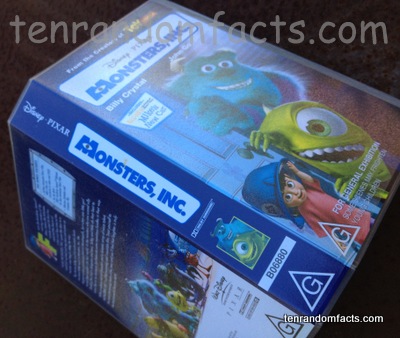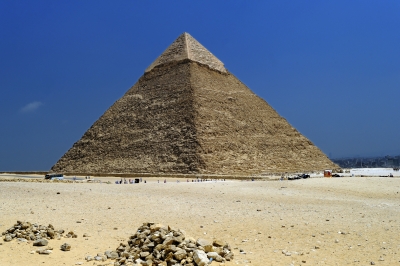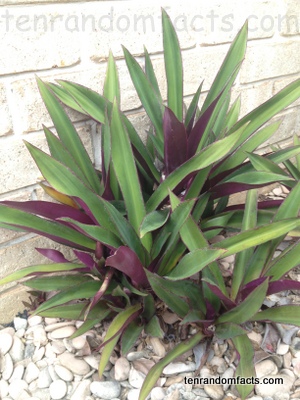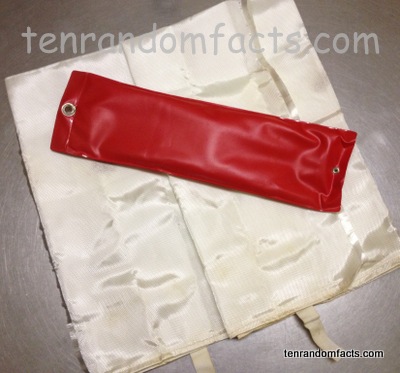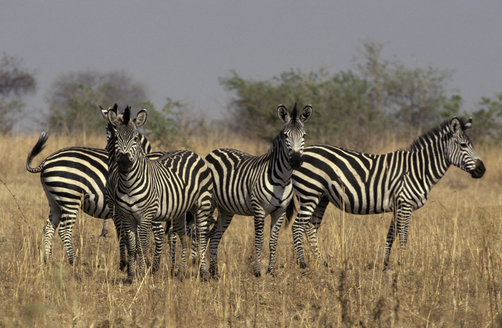
Get in stance and time your punches.
- Boxing is also known as ‘pugilism’, ‘prizefighting’ and ‘the sweet science’, and is a one on one sport, where the aim is to punch the opponent with boxing gloves, which can include knocking the opponent out, and to score the most points.
- Boxing is divided into one to three minute rounds, with up to 12 rounds in a match, and one minute rests between rounds, although amateur boxing usually has only three rounds.
- The first recorded history of boxing, with gloves, was in 2000 – 1000 BC in Sardinia, Europe, although carvings from Egypt and Iraq show that boxing has existed for at least 4500 – 5000 years.
- Thousands of years ago, to most recently, a few hundred years ago, many boxers died due to lack of rules, or metal included in the opponent’s gloves, and even though the fatality rate has dropped significantly, there are still many deaths of boxers, with at least 200 since 1980.
- Boxing became part of the Ancient Olympic Games, and was reintroduced into the modern Olympics in 1904, although it was not included in the programme in the 1912 Olympics in Stockholm, Sweden, as the country prohibited boxing.
Boxing
Image courtesy of Family MWR/Flickr
- Boxing in the Olympics is deemed as ‘amateur boxing’, and this style of boxing is said to be a good stepping stone to becoming the more popular, ‘professional boxer’.
- Amateur boxing has a slightly different scoring method to professional boxing, and does not aim for physical damage, but clean blows, and helmets and shirts are worn.
- In boxing you are not allowed to punch below the belt, and can’t hold, trip, push, bite or spit on your opponent.
- Since punching with bare fists can damage the puncher’s hands, boxing gloves and wrist wraps should always be worn.
- Professional boxing is dangerous, and is banned in Norway, Iceland, North Korea, Cuba and Iran, and was previously prohibited in Sweden and Albania, while the medical profession in a number of other countries has also urged for a ban on the sport, due to brain damage and other long term injuries that many boxers receive.




